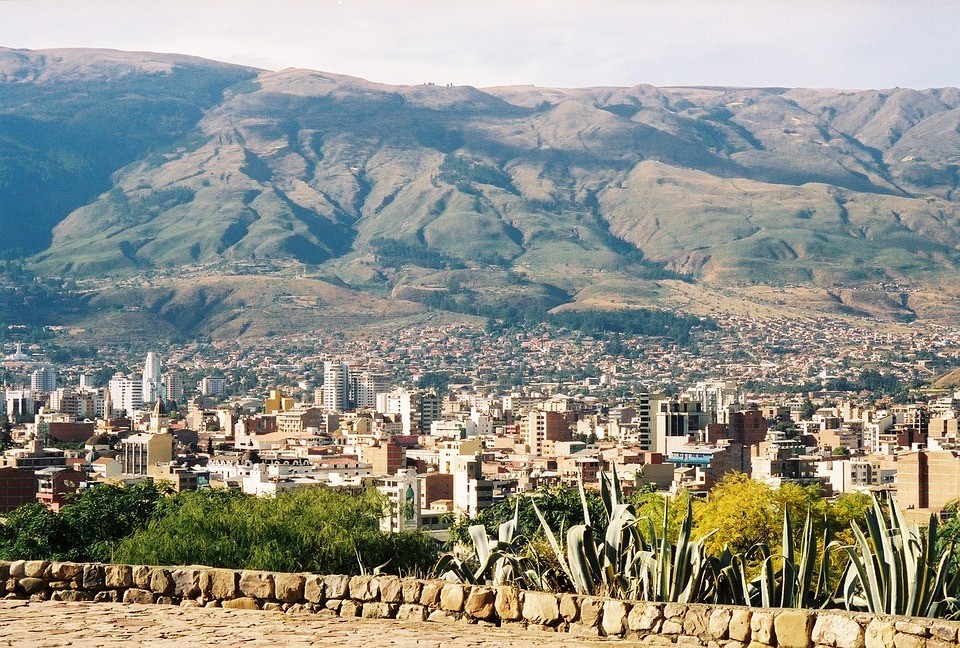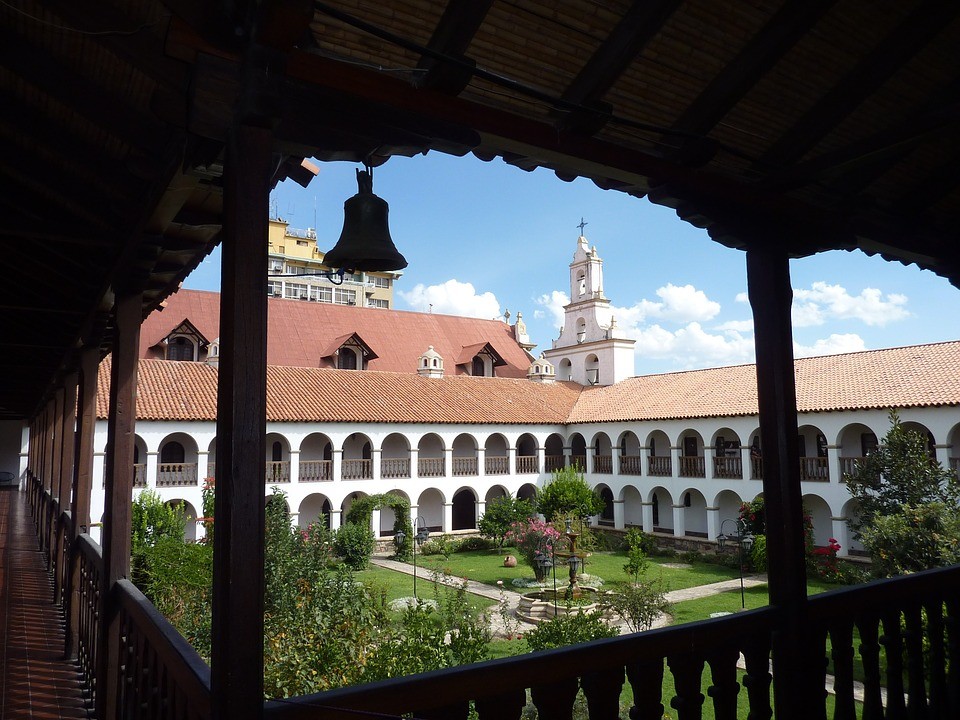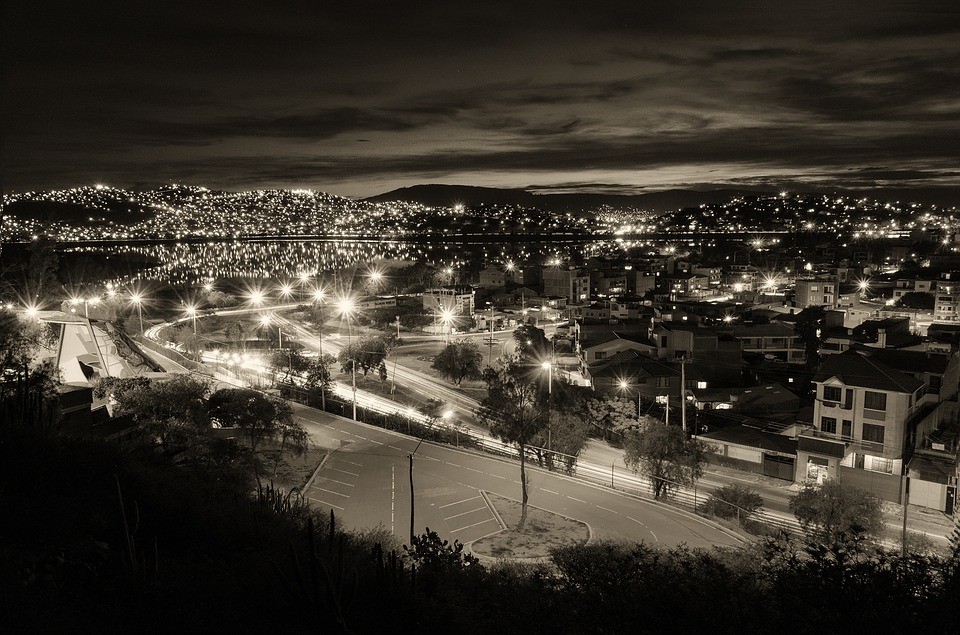Experience in Cochabamba, Bolivia by Christian
What is it like to live in Cochabamba? Would you recommend it? What is the city like?
Cochabamba is a valley city with a mild climate. It's the food capital of Bolivia. It's a medium sized city, which blends the customs of prehispanic Bolivia with the modernity of the western world, so there are things to do there to suit everyone.

What is the student lifestyle like in Cochabamba?
A good thing is that there are a lot of young people to share the city with, it's easy to make friends once you've met someone. Be careful with the public university because they often have a lot of trouble with the different internal power groups which can disrupt the normal progression of the classes and the bureaucracy is awful. They have better control and security regarding their activities at the private universities.
How much does it cost to live in Cochabamba?
The food, services, courses, etc. are reasonable at very affordable prices. Electrical goods may be more expensive because most of them are imported. In general, the cost of living is relatively cheap.
Was it difficult to find accommodation in Cochabamba? Can you offer any advice?
It's not difficult to find accommodation, the best thing to do is to stay in a central location, if possible, near to the calle España or calle México, which give you access to leisure places. If you're looking for something more laid-back, a good place to go for is around the Av. América.

What is the food like there? What are some of your favourite dishes?
Cochabamba is the gastronomic capital of Bolivia. There are a variety of food here, from traditional food to international food. A lot of the food comes from the valley and the Cochabamba tropics, they're delicious, organic and sold at a very affordable price. The traditional dihses that you should try are Pique Macho, Silpancho, Lapping and Chicharrón. Charque, Fideos Uchu, Fricasé and Sajta de Pollo are few other Bolivian dishes.
What places would you recommend visiting in Cochabamba?
Cristo de la Concordia, the highest statue of Jesus in the world at Cerro de San Pedro. The Palacio Portales, Toro Toro, a kind of traditional fair that takes place in the one of the provinces, Incarracay and others. It takes about 8 hours or a bit more if you want to go and visit La Paz, Copacabana, Lago Titicaca, Salar de Uyuni, Potosí, los yungas, Chiquitanía, etc.

And to eat in Cochabamba? What are some of your favourite places to go to?
Pique Macho in Tunari or Dumbo, Silpacho in the Silpancho palace, Restaurante El Gordo, Charques on Av. Ex-Combatientes.
Where would you recommend for a night out in Cochabamba?
The cafes or pubs around calle España. Clubs on the Av. Pando (Recoleta), as well as Mandarina, Hooligans, etc., or the Boulevard, which is also in the Recoleta, or Escaramanga (Salsa, Bachata) or the club Lujos if you want to dance to a bit of everything on calle Beni near Av. Santa Cruz.

Do you have any advice for future students in Cochabamba?
You need to take the initiative to get to know other students, it's quite difficult to get close enough to talk to them in the beginning. You'll get invited to go out at the weekends, go out and have fun but don't drink a lot since it's typical for everyone to invite everyone, it is better if you avoid drinking. To deal with the bureaucracy in some administrative process, in the University or outside of it, talk with the heads or people in charge, many of those below them give bad information or do not do their job well. As for everything else, enjoy your stay in La Llajta, take the opportunity to travel throughout Bolivia, since Cochabamba is in the center of the country and gives place to know the most attractive places in short trips.
Photo gallery
Content available in other languages
Share your Erasmus Experience in Cochabamba!
If you know Cochabamba as native, traveler or as exchange student... share your opinion on Cochabamba! Rate different characteristics and share your experience.
Add experience →



















Comments (0 comments)